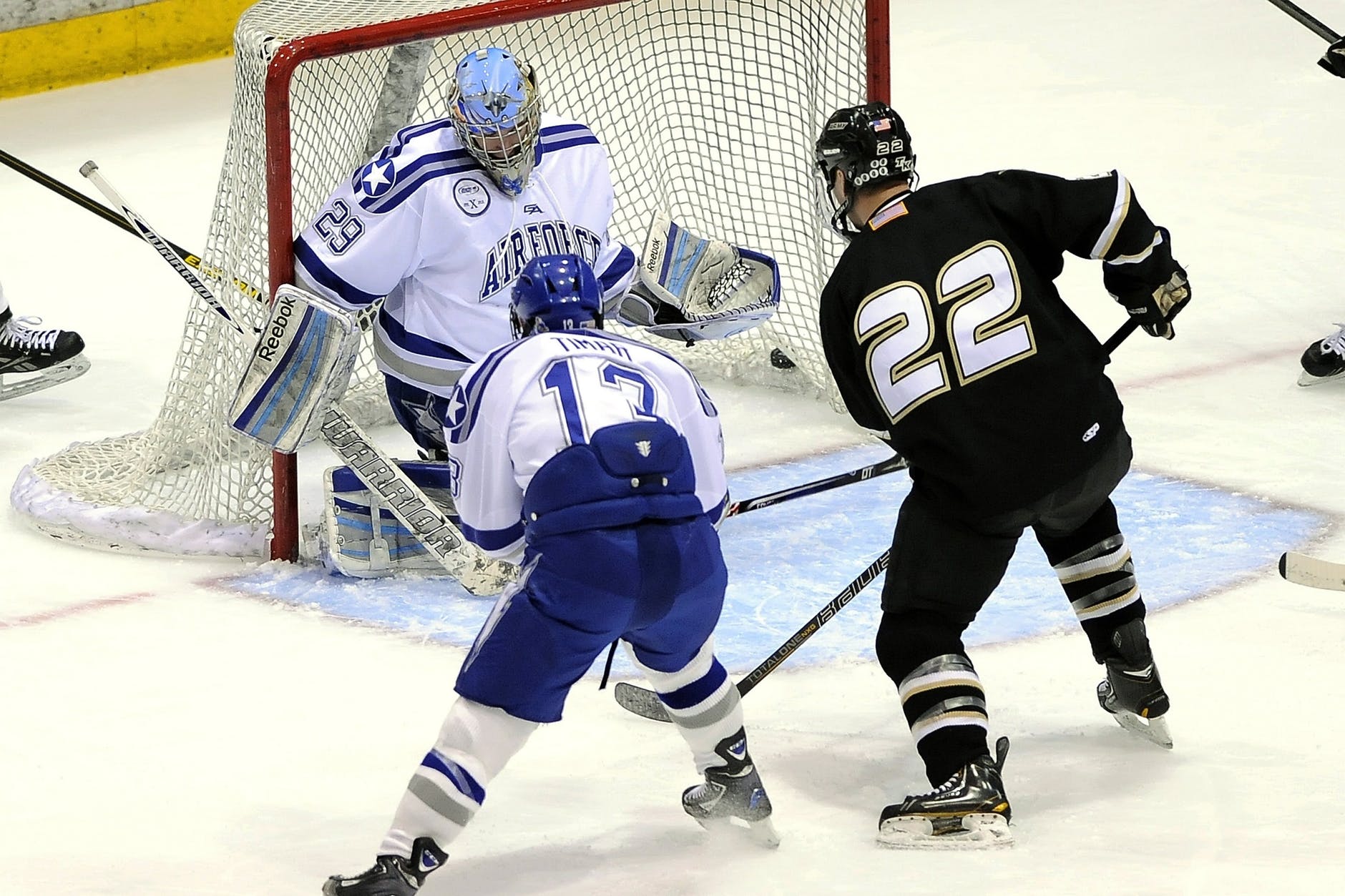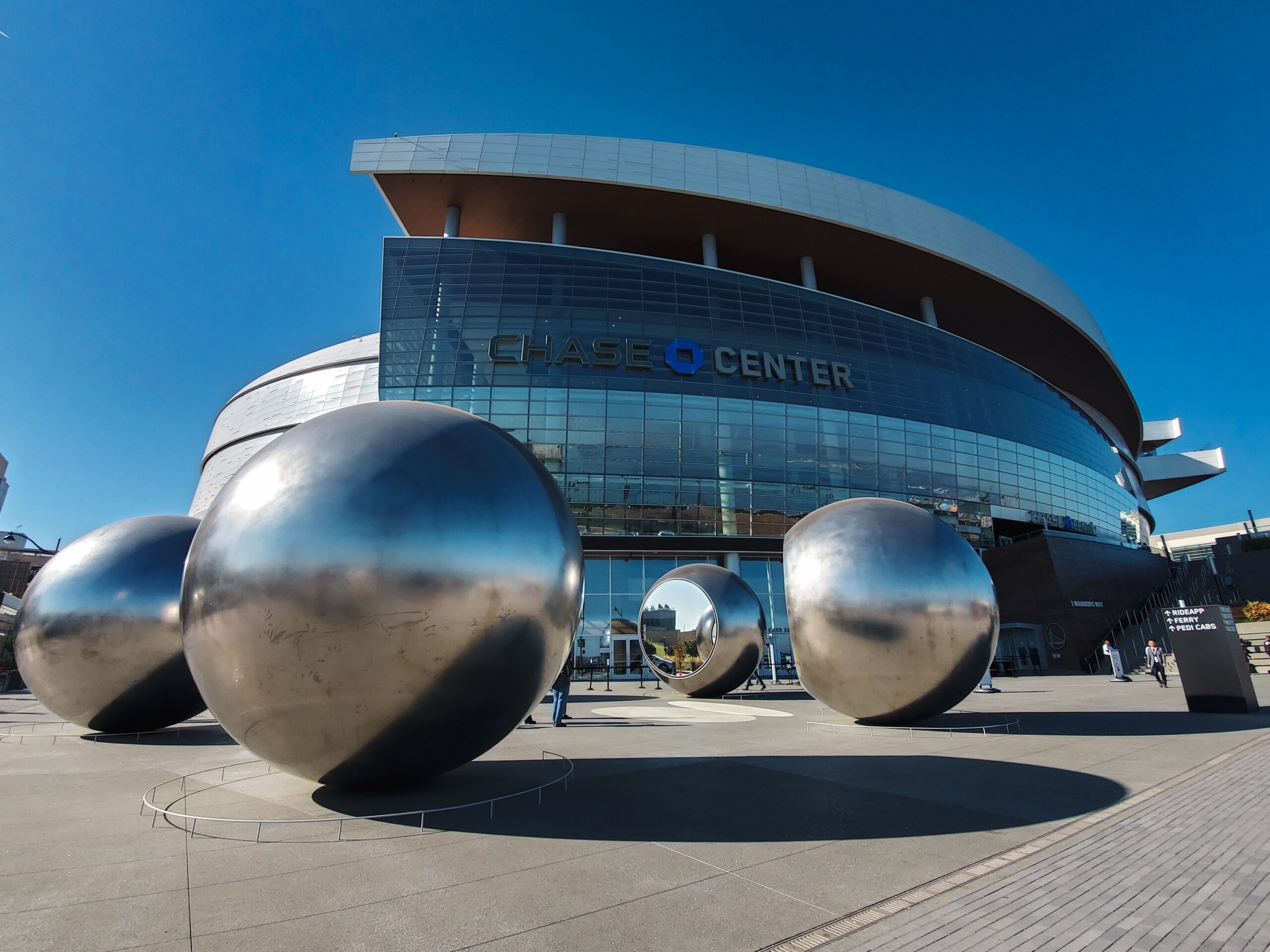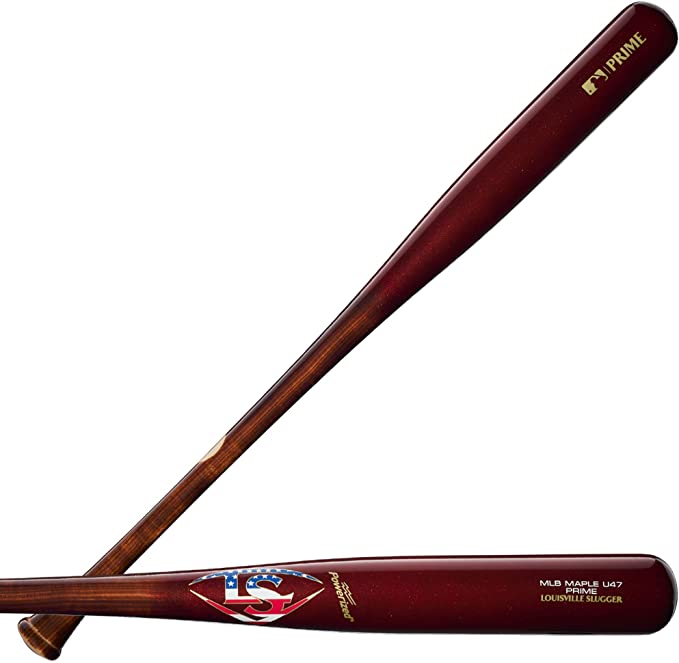Ice hockey is a fast-paced, high-adrenaline sport that can be difficult to follow. One of the best ways to understand the game is by breaking it down into parts, so you know what’s going on at any given moment. Let’s start discussing how long is the game, the factors that can change the game length, and how long does a typical period lasts.
The game of ice hockey is made up of three periods. Each period has a total time of 20 minutes. This gives the game a total time of 60 minutes. There are exceptions to this, such as tie games and special competitions that can extend the length of the game. There are also breaks and overtime that contribute to the length and excitement of the game.
In this article, we’ll go over some basic information about ice hockey and how long a game takes to play, as well as what periods are in an ice hockey game. If you’re wondering about what happens during breaks, overtime, or if a hockey match can end in a tie, then read on!
How Long is a Game of Ice Hockey and Total Number of Periods?
A game of ice hockey is typically made up of three periods for a total time of 60 minutes. Generally, half of that time is allocated to each period. However, there are exceptions for tie games and certain competitions which can extend the game length to more than three periods. The average professional ice hockey player spends about 90% of their time on the ice in this sport, with one typical shift being about two to three minutes long.
Each period is further divided into three main segments, which are referred to as the first, second, and third periods. The first period is the time when each team tries to establish control of the puck and score goals. The second period sees a lot more action, as teams are typically trying to score goals to take the lead. The third period is often when teams play defensively and try not to concede any goals.
Most teams will try to score in the first period to take advantage in the second and third periods. However, some teams will try to protect a lead in the later stages of a game by playing defensively. Games may last longer than three periods of 20 minutes each if they end in a tie. In these cases, the game will continue until one team scores and ends up winning.
What Is a Period?
A period is what makes up an ice hockey match, which typically consists of three periods for 60 minutes total. If teams are tied at the end of regulation or playoff games, they can continue to play sudden-death overtime until someone scores and ends it– these matches only last five minutes each half.
Is it possible for a hockey game to go longer than three periods?
Yes, a hockey game can potentially go longer than three periods through overtime. If the score is tied at the end of regulation time, then there will be an extra five minutes of play called “overtime” to determine who wins after regulation time has ended. Other factors could influence how long this process takes or if it even happens. For example, if the game is tied and there are already five minutes left in overtime, then a shootout will follow to determine who wins.
Was it always three periods in NHL hockey games?
In the NHL, games were originally played for two 30 minute periods. In 1927 they changed it to three 20-minute periods with an intermission between each period. The extra intermission was added, so teams could switch ends of the rink and play on opposite sides from their benches while also doing some tactics planning instead of being limited by time constraints during halftime or delays due to penalties called against either side (at that point, there weren’t any penalty boxes yet). Before then, overtime had been decided via faceoffs at center ice, but this often led to too many ties if neither team managed to score because one would win during regulation and tie again before advancing into overtime.
How come there aren’t any ties in ice hockey?
The NHL used to have tie games which were relatively common back when games started out being played over two 30 minute periods rather than three 20-minute ones. If the game was still tied after those first 60 minutes, then each team would get one point – or half of a win within that game’s standings during regular season play (since it wasn’t possible to lose in regulation). Ties at the end of OT were not uncommon either though they’ve since been replaced with shootouts, as noted above, declaring a winner and loser.
What happens during the intermission between each period?
There’s a time in the game when the players on each team switch sides, and coaches get to make adjustments. This is called an intermission or break, and it lasts for around 20 minutes. The teams will rotate their positions during this period to give everyone a chance to rest.
During this break, the ice in the rink is resurfaced for optimal play, and this is where sponsors and fans get to show their support. It is also a great time for players and coaches to rest, eat snacks, or grab something from the concession stand.

What exactly is a shootout, and when is it used?
A shootout is a way to resolve game-winning goals if tied at the end of regulation. In a shootout, teams take turns sending specific players from the bench to try and score a goal. There’s no intermission between rounds of shooters. These “shooters” shoot against one of the opposing team’s goaltenders in an attempt to end the game before it goes into overtime or if tied during regular time. It is essentially another way to play hockey but with fewer skaters on each side, only going head-to-head instead of full strength throughout all three periods until someone scores first!
How many periods are there in a typical recreational ice hockey game?
A typical recreational ice hockey game will have three periods of 20 minutes each. This means that the total length of playtime for a given game is 60 minutes, similar to what you’d see in the NHL.
The resurfacing of the ice is the primary distinction between professional and recreational league hockey games. Only before the start of each game will a recreational league Zamboni the ice. Professional leagues will resurface the ice during intermissions to keep a higher quality of play.
The NHL Playoffs are full of overtime games, but which ones are the longest in NHL Playoff history?
I watched and analyzed some of the most recent matches and some older ones available, and it never ceases to amaze me!
Here are the top ten longest overtime games in NHL playoff history.
- 116:30, 6 OT – Detroit versus Montreal Maroons – March 24, 1936
- 104:46, 6 OT – Toronto versus Boston – April 3, 1933
- 92:01, 5 OT – Philadelphia versus Pittsburgh – May 4, 2000
- 90:27, 5 OT – Tampa Bay versus Columbus – August 11, 2020
- 80: 48, 5 OT – Anaheim versus Dallas – April 24, 2003
- 79:15, 4 OT – Pittsburgh versus Washington – April 24, 1996
- 78:06, 4 OT – Vancouver versus Dallas – April 11, 2007
- 70:18, 4 OT – Toronto versus Detroit – March 23, 1943
- 69:03, 4 OT – Dallas versus San Jose – May 4, 2008
- 68:52, 4 OT – Montreal versus New York Rangers – March 28, 1930
I must mention the top ten shortest overtime games, owing to our list of the longest overtime.
- 0:09 – May 18, 1986, Montreal Canadiens versus Calgary Flames
- 0:11 – August 7, 2020, Vancouver Canucks versus Minnesota Wild
- 0:11 – June 4, 2011, Boston Bruins versus Vancouver Canucks
- 0:11 – April 11, 1975, New York Islanders versus New York Rangers
- 0:12 – April 16, 2009, Calgary Flames versus Chicago Blackhawks
- 0:12 – April 9, 1972, Chicago Blackhawks versus Pittsburgh Penguins
- 0:15 – April 19, 2015, Washington Capitals versus New York Islanders
- 0:18 – May 5, 2006, Buffalo Sabres versus Ottawa Senators
- 0:19 – April 2, 1969, LA Kings versus Oakland Seals
- 0:21 – April 5, 1984, Winnipeg Jets versus Edmonton Oilers
Whether an overtime or long or short game, we can always appreciate how the NHL Playoffs showcase the most skilled players in a single-elimination tournament.
Final Words
Hockey is a game of endurance, with each team trying to wear down the other by playing aggressively and physically. The length of a game varies depending on how long it takes for one team to win in regulation or overtime! I hope you found this post interesting and helpful. So, what’s the best thing to do with your newfound knowledge? Head on over to your nearest rink and enjoy watching a game!






